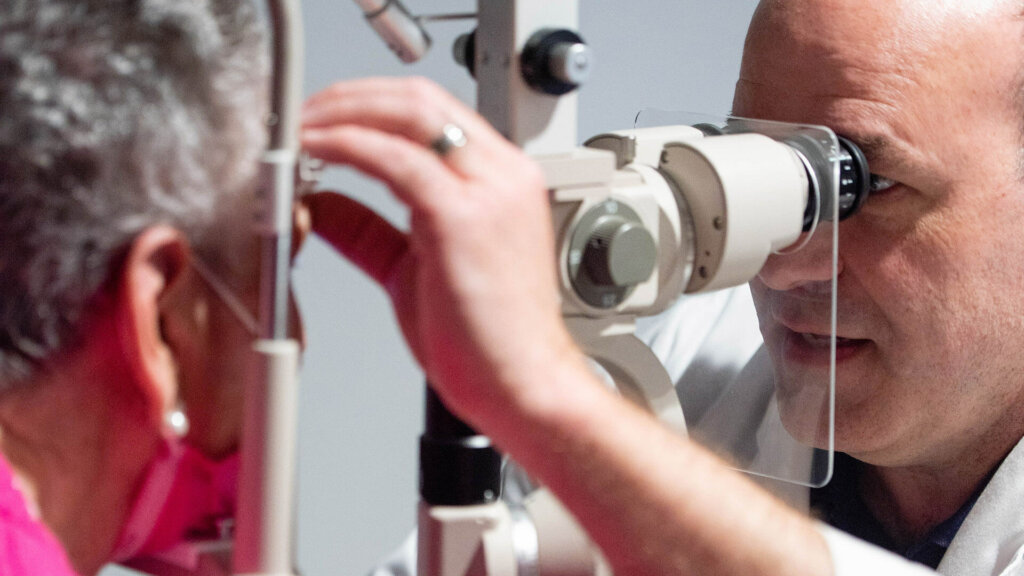Diabetic Eye Disease in Knoxville TN

Diabetic eye disease is the most common cause of blindness in the US
Diabetes is an increasingly common disease in the United States and, due to the damage to blood vessels caused by high blood sugar levels, it has serious consequences for your vision. When the condition is caught early and treated properly, vision loss from diabetic eye disease, which is a leading cause of blindness in the US, is often preventable. This is why regular comprehensive exams are recommended for all diabetics.
Diabetic Retinopathy Can Lead To Blindness
High blood glucose levels can damage blood vessels throughout the entire body including the many blood vessels in your eyes. One of the most common areas of concern with diabetic eye disease is the retina, which lines the back of your eye and detects light. Unfortunately, when the blood vessels in the retina become damaged, which can lead to permanent vision loss.
What are the symptoms of diabetic eye disease?
When the blood vessels in the retina begin to become damaged, they develop weak spots, called microaneurysms, that often protrude like bubbles along the blood vessels. When the microaneurysms rupture, blood leaks into the retina and forms small dot hemorrhages. While the blood eventually clears, often protein or fluid, known as hard exudates, can be left behind on the retina. These conditions are known as background diabetic eye disease, which is common in patients who have suffered with diabetes for 10+ years. Unfortunately, diabetic eye disease has no symptoms, which is why people with diabetes must have a comprehensive eye examination at least once a year.
Significant Eye Conditions Caused by Diabetes
While background diabetic eye disease does not usually cause significant vision loss, in certain cases it can cause swelling in the center of the retina, which is called the macula. Diabetic macular swelling is one of the most common causes of vision loss among diabetic patients.
Background diabetic retinopathy, also known as non-proliferative retinopathy, puts you at risk of serious risk of vision loss as more and more blood vessels rupture. When the retina begins to lose enough blood that it can’t stay healthy, your body will try to grow new blood vessels on the retina to replace the ruptured vessels. This is known as proliferative diabetic eye disease and, while less common than background diabetic eye disease, is much more likely to result in impaired vision or vision loss.

Treatment for background and early proliferative diabetic retinopathy
If it is caught before your vision is damaged, proliferative diabetic eye disease can be treated with laser therapy. Unfortunately, once you have lost some or all of your vision, it is very hard to get it back. As background and early proliferative diabetic retinopathy have no symptoms, the only way to know if you need laser therapy to save your sight is to visit your eye doctor regularly for a comprehensive exam.
Request an Appointment with One of Our Specialists
The first step on the path to clearer vision is only a click away. Request your appointment with Baptist Eye Surgeons today!




